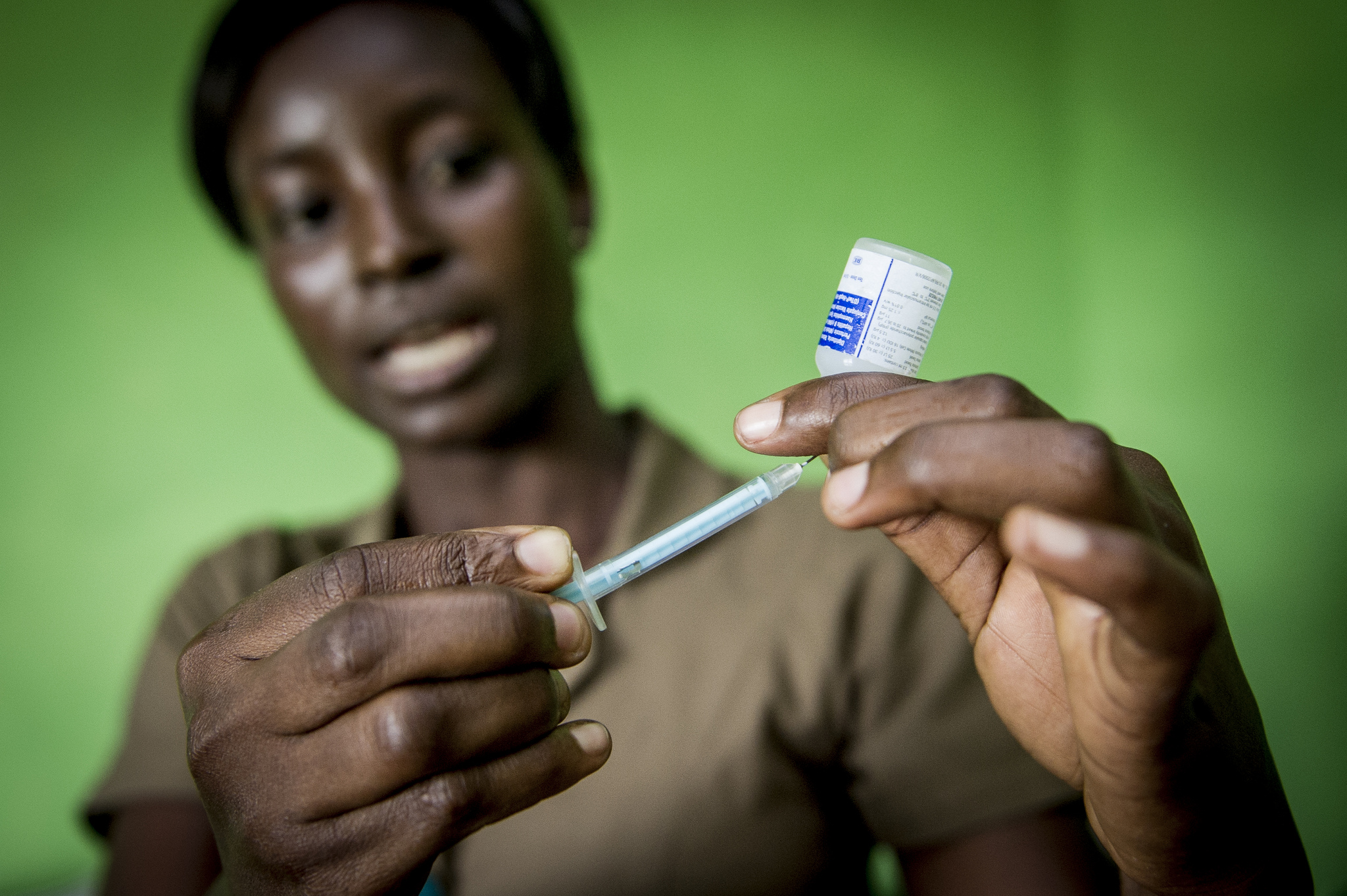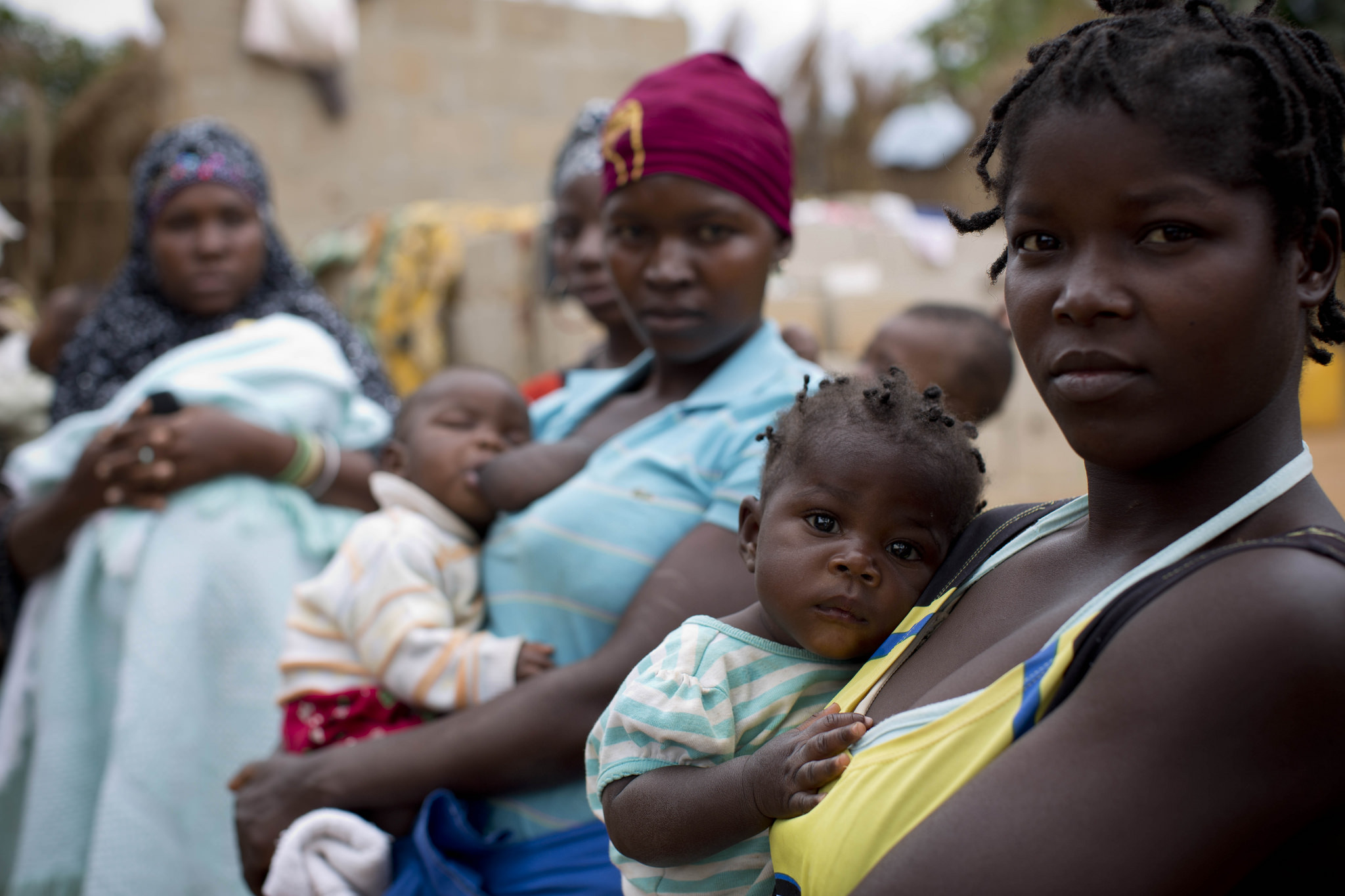One in five children in the African region does not receive the vaccines they need, while immunization coverage for Africa has stagnated over the past three years and health systems remain weak. The global health community realizes the Reaching Every District (RED) approach has not been fully implemented in many countries, and did not reach all underserved. It is against this background that a gathering was convened last month to exchange best practices for achieving equitable immunization access in Africa.
The Cape Town event – a collaboration between WHO, UNICEF, JSI and MCSP/USAID – attracted 140 participants with a clear but mighty goal: to increase coverage of immunization and child survival interventions. The weeklong workshop served as a catalytic platform, bringing together for the first time child health and immunization experts to share best practices of both the RED and Reaching Every Community (REC) approaches, as well as country equity assessments and strategies for equitable coverage.
Ministry representatives from 20 countries in East and Southern Africa joined partners and experts to explore why operationalization of the RED approach was not fully implemented in many countries, and did not reach all underserved. Attention focused on what works to ensure every eligible individual is immunized with all appropriate vaccines regardless of their geographic location, age, gender, disability, educational level, socioeconomic level or ethnic group. Today – of the estimated 18.7 million infants are not being reached by routine immunization services – more than 60% live in 10 countries: Democratic Republic of the Congo, Ethiopia, India, Indonesia, Iraq, Nigeria, Pakistan, Philippines, Uganda and South Africa.

Attendees emphasized the need to fully implement all components of RED, redirect focus to the community level, strengthen health systems and sustainable health financing, and deepen use of equity assessments. Making integration work at all levels was discussed as critical to increasing user convenience, avoiding duplication, and maximizing available resources.
By week’s end, country teams had developed plans based on their context to incorporate best practices for increasing equitable access to routine immunization. (These will be finalized at country level.) As a follow up, WHO and partners also plan to expand the current RED guidelines to include equity and integration. An unprecedented collection of technical materials and publications on RED, equity, and integration is now available for use globally.
Closing the stubborn coverage gaps that remain in the region will require effective cross sector collaboration and increased political will. It will also require fostering strong partnerships between the health system and communities to close the equity gap. The effort to ensure every child is immunized must be intensified now with efficient tools, full and scaled implementation of all components of RED, redirected focus at the community level, smart integration, and sustainable resources.
We left Cape Town with a renewed commitment to ensuring every child is fully immunized regardless of where they live. Through its flagship Maternal Child Survival Program, USAID remains a committed partner for sustainable and equitable access to immunization. In focus countries, we are building institutional and individual capacity to design and manage immunization programs, deliver reliable services, and develop sustainable routine immunization systems.
To learn more about our work to operationalize USAID’s longstanding commitment to strengthen routine immunization, click here. And please join the conversation on Facebook and Twitter – we’d love to hear from you!

